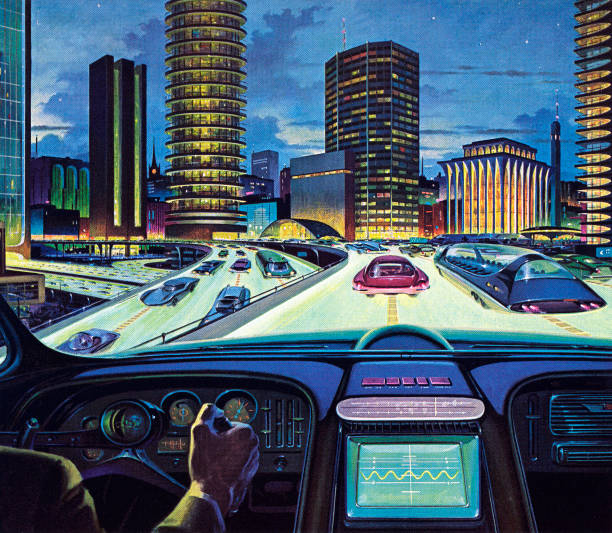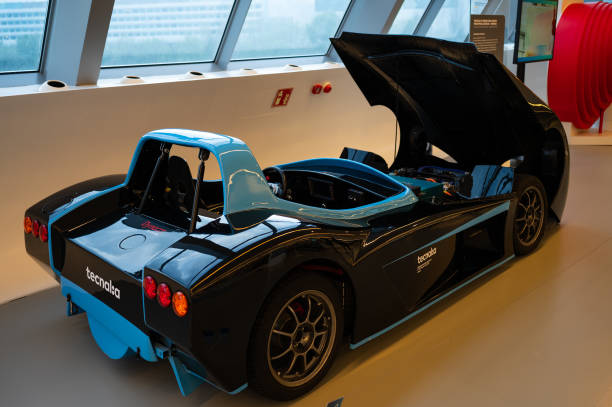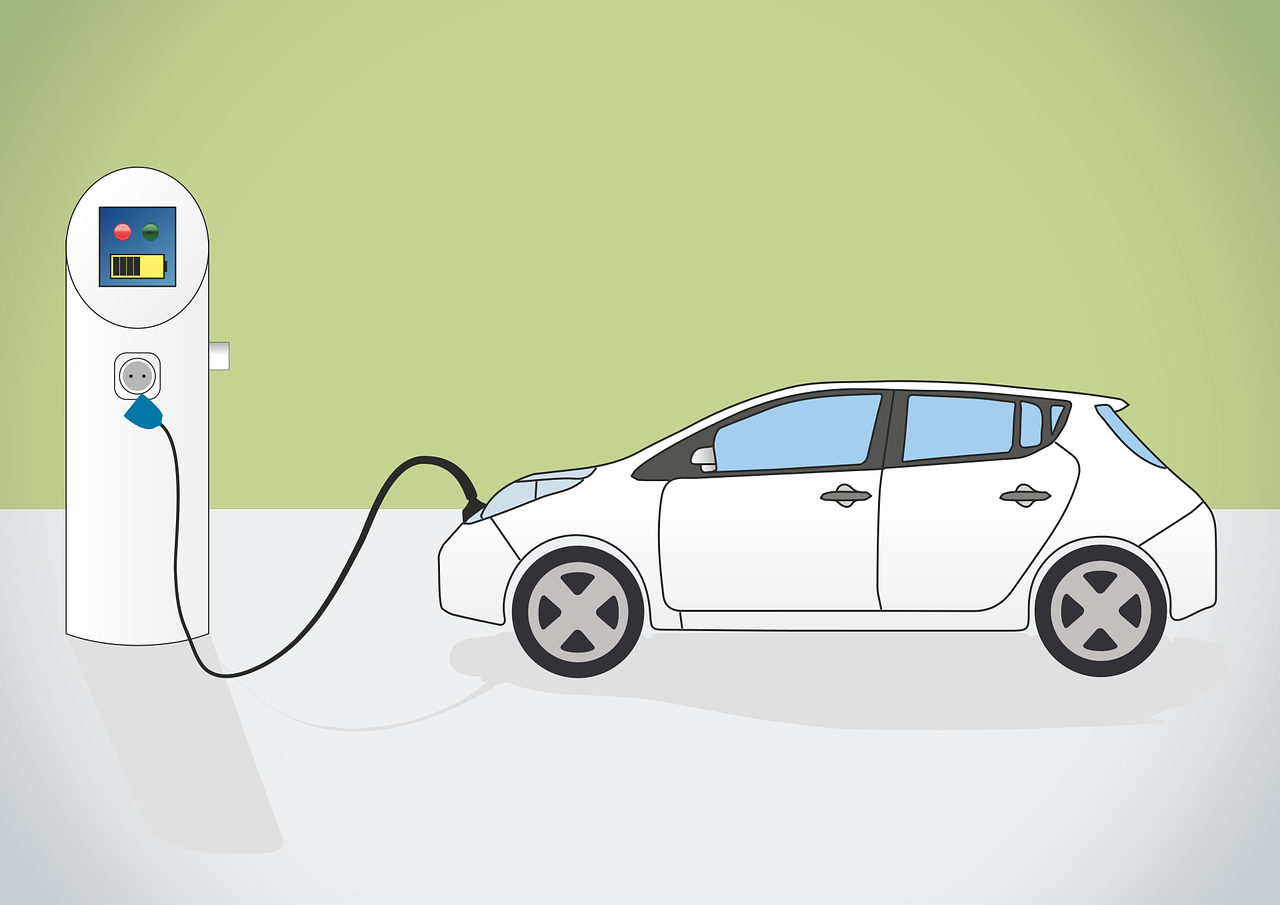Electric cars have come a long way since their inception, and the future of electric cars promises even more exciting developments. As the automotive industry undergoes a significant transformation, electric vehicles (EVs) are positioned at the forefront of this evolution. In this blog, we’ll explore the latest trends and innovations shaping the future of electric cars.
The Future of Electric Cars: Advancements in Battery Technology
One of the key factors driving the future of electric cars is the continuous evolution of battery technology. Manufacturers are investing heavily in research and development to enhance battery efficiency, reduce charging times, and increase overall range. Solid-state batteries, for instance, hold the promise of longer life cycles and faster charging speeds, making electric cars more accessible and convenient for consumers.
Range Breakthroughs
Range anxiety has been a concern for many potential electric car buyers, but ongoing innovations are addressing this issue. With advancements in battery technology, electric cars are achieving impressive ranges on a single charge. Manufacturers are pushing the limits, and we’re witnessing electric vehicles with ranges that rival or even surpass some traditional gasoline-powered cars, making EVs a more practical choice for a broader audience.
Related: Things to Consider for EVs in Extreme Climates

Acceleration of Design Innovation
In the early days of electric cars, design took a back seat to functionality. However, contemporary electric vehicles are breaking this mold. Automakers are prioritizing sleek and futuristic designs, dispelling the notion that electric cars must look unconventional. The future promises a diverse range of electric vehicles, from stylish sedans to rugged SUVs, appealing to various consumer preferences.
The Future of Electric Cars: Integration of Artificial Intelligence
The future of electric cars goes beyond just electrification; it involves smart, connected vehicles. Artificial Intelligence (AI) is playing a pivotal role in enhancing the driving experience. From autonomous driving capabilities to personalized user interfaces, AI is transforming electric cars into intelligent, adaptive companions for drivers.
Sustainable Materials and Manufacturing Practices
As environmental consciousness grows, electric car manufacturers are emphasizing sustainability not only in terms of vehicle operation but also in their production processes. The use of recycled materials, eco-friendly manufacturing practices, and a commitment to reducing the overall carbon footprint are becoming integral parts of the electric car industry’s ethos.
Expansion of Charging Infrastructure
A robust charging infrastructure is crucial for the widespread adoption of electric cars. Industry leaders and governments are collaborating to establish extensive charging networks globally. The future will witness an acceleration in the deployment of fast-charging stations, making it more convenient for electric car owners to travel longer distances and further reducing concerns about charging accessibility.
Emergence of Electric Performance Vehicles
Electric cars are shedding their image as solely eco-friendly transportation options. The future will see a surge in electric performance vehicles, challenging traditional notions of high-speed, adrenaline-pumping driving experiences. Electric sports cars with incredible acceleration and top speeds are becoming a reality, proving that electric propulsion can deliver thrilling driving dynamics.
Car safety driving tips during monsoon season

Taking care of road safety during rainy season is crucial to avoid accidents. Here are some car safety driving tips during monsoon season to keep you and your vehicle safe:
Reduce your speed
It is always advisable to drive slowly in the rain. This gives you more time to react to possible hazards and maintain control of your vehicle. Reducing your speed also helps you avoid hydroplaning, which can be dangerous when driving on wet roads.
Keep a safe distance
Heavy rains are possible during the monsoon season. Due to limited visibility, it is advisable to maintain a safe distance from the vehicle in front of you. This gives you time to react to sudden changes in road conditions due to heavy rain or flooding.
Maintaining a sufficient safety distance in case of emergency braking reduces the risk of accidents. Keep your headlights on.
See and be seen on the road
Yes, it is always advisable to drive slowly in the rain, followed by to be noticeable. This is the most important rule of road safety during rainy season. One of the most important safety measures is to keep your headlights on while driving.
Keeping your headlights on increases your visibility to other drivers and helps to avoid accidents due to poor visibility. It is advisable to keep your headlights on to avoid dazzling drivers on the other side of the road. Always be aware that high beams may be too bright for oncoming vehicles and limit your visibility.
Also, when stopping, turn on your hazard lights so that other drivers can see that you have stopped.
Always carry an emergency kit in your car
During the rainy season, it is important to keep an emergency kit in your car in case of unexpected breakdowns or accidents. This kit should include a first aid kit, a flashlight, a blanket, and other essentials that will help in an emergency. Also, don’t hesitate to always carry water and food such as energy bars.
Refuelling
Also Read: 5 Cheapest Sports Cars in India
Always fill up your tank before you leave. This way you won’t run out of gas on the way and have to look for a gas station in the rain. If you get stuck in traffic or have an emergency, you will need fuel to get back to a safe place if you break down. In addition, it is also important to have enough fuel to get to your destination without running out of gas.
Should you drive through a flooded road?
Flooded roads can pose serious dangers to motorists. If you encounter a flooded road, be aware that it is better to turn around and find an alternative route rather than attempting to cross the road. Even if the water seems shallow, it can be difficult to judge its depth and whether you can safely cross the road. Driving through water is never a good or safe option.
When heavy rains fall or roads are flooded, certain safety precautions should be followed if driving in such conditions. Driving through large puddles or flooded roads can cause serious damage to your vehicle. Precautions should be taken before driving through flooded areas.

If you find yourself in this situation, drive slowly with a lower gear and the engine running. However, we recommend that you avoid driving on flooded roads at all.
Conclusion: The Future of Electric Cars
The future of electric cars is undeniably bright, with ongoing innovations shaping a new era of sustainable and intelligent transportation. From advancements in battery technology and extended ranges to futuristic designs and the integration of AI, electric cars are poised to become the driving force in the automotive industry. As we move towards a more sustainable future of electric cars , we not just get an alternative but a transformative way to experience the open road.

